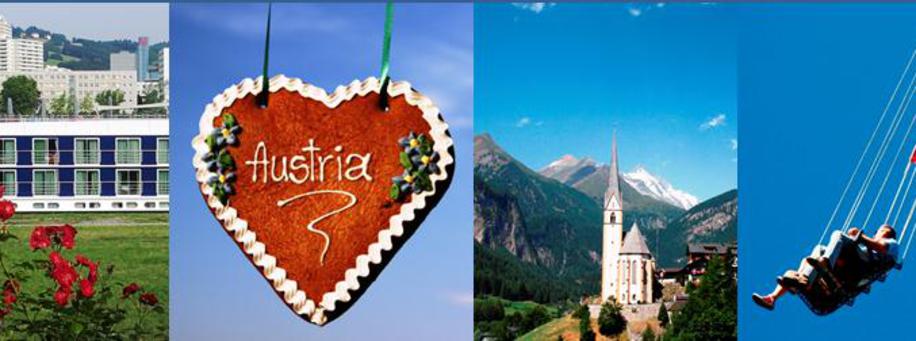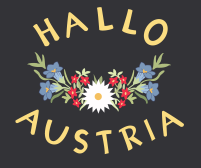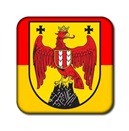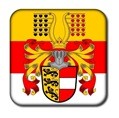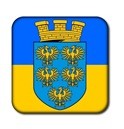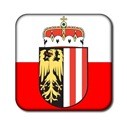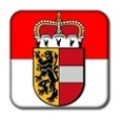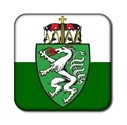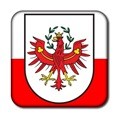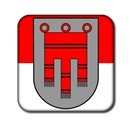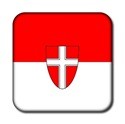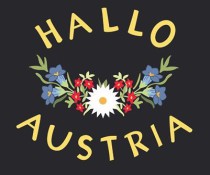Geography
For more information about the geography of Austria can be found at http://en.wikipedia.org/wiki/Austria.
The democratic Republic of Austria is a landlocked country, bordered to the north by Germany and the Czech Republic, to the east by the Slovak Republic and Hungary, Slovenia and Italy to the south, and the west by Switzerland and in Liechtenstein.
Austria is divided into nine provinces (from west to east): Vorarlberg, Tyrol, Salzburg, Carinthia, Styria, Upper Austria, Lower Austria, Vienna, and Burgenland.
The territory of Austria includes a total of 83 850 square kilometers and spans the length of over 573 km spanning between Lake Constance in the West and Lake Neusiedl in the East.
Austria is greatly affected by the Alps (Central Eastern Alps, Northern Limestone Alps, and Southern Limestone Alps). The Central Eastern Alps are home to the highest mountain in Austria, the Grossglockner with a height of 3,798 m. Geographically, the Grossglockner is assigned to the provinces of Carinthia and Salzburg. Approximately 60% of Austria is mountainous and 47% of the total area is forested. The tree line is roughly at 1800 m.
In Austria, there are numerous lakes, the largest being the Lake Neusiedl in Burgenland and Lake Constance in Vorarlberg. Among the most popular vacation lakes include Lake Wörth, Lake Weissensee and the Lake Millstatt or the lakes of the Salzkammergut including Wolfgang, Mondsee, and Lake Attersee.
The largest river in Austria is the Danube, its source is in Germany and empties into the Black Sea in Ukraine.
People
Approximately 75% of Austrians are Roman Catholic, 5% are Protestant, 4% are Muslim, 2% are members of Orthodox Churches and 12% are declared as having no religion.
The 2010 census estimates the population of Austria to be 8.4 million inhabitants, with 2,000,000 of whom living in the capital city Vienna. Foreign-born residents make up roughly 10% of the entire population, and 18% of the population in Vienna. The official language of Austria is German and it is the native language of 98.5% of the population. Recognized ethnic groups are Croatian and Hungarian (Burgenland), Slovenia (Carinthia, Styria), Czech and Slovak (Vienna, Lower Austria), and the Roma-Sinti (Burgenland, Vienna).
The Provinces
(Additional information is available by clicking on each of the coat of arms)
Burgenland (Eisenstadt, capital city), districts and municipalities
Carinthia (Klagenfurt, capital city), districts and municipalities
Lower Austria (St. Pölten, capital city), districts and municipalities
Upper Austria (Linz, capital city), districts and municipalities
Salzburg (Salzburg, capital city), districts and municipalities
Styria (Graz, capital city), districts and municipalities
Tyrol (Innsbruck, capital city), districts and municipalities
Vorarlberg (Bregenz, capital city), districts and municipalities
Vienna (Austria's capital city and its own state at the same time), districts
